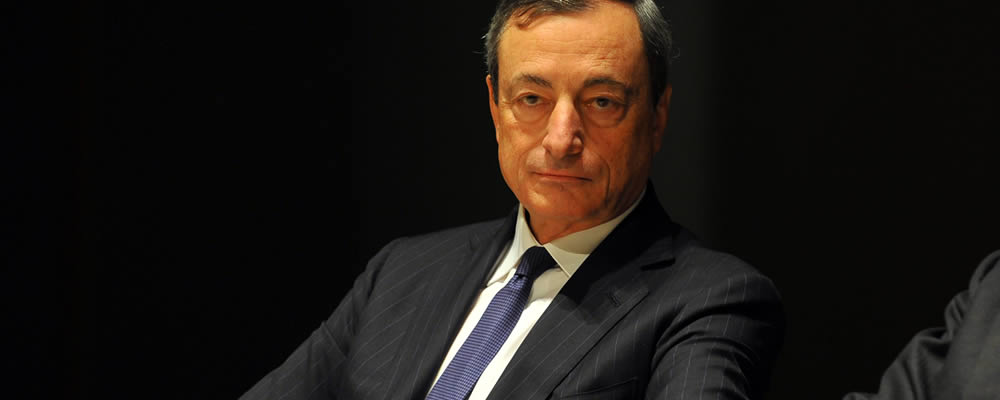A marked widening in the UK visible trade balance put renewed pressure on Sterling, allowing the Euro Pound exchange rate to extend its recent gains further.
- Hard Brexit worries dented Pound demand – Investors concerned by prospective restriction of access to the single market
- Improved Greek inflation rate boosted Euro – Confidence in outlook of Eurozone strengthened
- NIESR GDP estimate could improve sentiment – Increased economic growth could shore up Sterling
- ECB minutes could dampen EUR GBP exchange rate – Policymakers expected to maintain cautious view on monetary policy
With political worries mounting once again can the EUR GBP exchange rate hold onto its bullish form for long?
Widened UK Trade Deficit Weighed Heavily on Pound Sterling
Concerns over the government’s approach to Brexit kept the Pound (GBP) on a bearish trend on Wednesday, with investors still fearful of the UK losing its current level of access to the single market. There was little cause for confidence after the visible trade deficit was found to have widened from -9.8 billion to -12.1 billion in November. Given the increasing size of the UK’s trade deficit, and the marked weakening of the Pound since the referendum, the outlook of the economy remains bearish, especially if the current level of access to the single market is lost.
A strong improvement in Greece’s inflation rate offered the Euro Pound (EUR GBP) exchange rate additional support. Inflationary pressure was found to have picked up from -0.9% to 0% in December, suggesting that the Hellenic nation is edging away from the threat of deflation. Naturally this positive showing was seen to bode well for the health of the Eurozone as a whole, shoring up the single currency.
ECB Minutes Forecast to Provoke EUR GBP Exchange Rate Volatility
Demand for the Euro (EUR) could weaken further in response to the European Central Bank’s (ECB) December meeting minutes. While there has been speculation that policymakers could be adopting a more hawkish view on monetary policy it seems unlikely that the minutes will point towards any major shift in outlook. Rather than offering any suggestions of tapering the quantitative easing program, the minutes are expected to instead underline President Mario Draghi’s continued willingness to support the Eurozone economy, keeping interest rates low for the foreseeable future.
However, the EUR GBP exchange rate could hold onto its recent gains if November’s Eurozone industrial production figures prove encouraging. Forecasts suggest a solid uptick in output on both the month and the year; a result which would offer further evidence of the domestic economy’s robustness. However, if investors continue to pour into the US Dollar (USD) in expectation of fiscal stimulus and further Federal Reserve interest rate hikes the Euro may struggle against its rivals.
Pound (GBP) Rates Could Rally on Stronger UK GDP Estimate
Markets could find some reason to favour the Pound on Wednesday afternoon, though, as the NIESR gross domestic product estimate is expected to show an uptick in growth. The measure is thought to have edged higher from 0.4% to 0.5% in the three months to December, signalling that the negative impact of the Brexit vote has remained limited. This could improve the outlook of Sterling in the short term, although even strongly positive domestic data is likely to still be outweighed by speculation regarding the government’s negotiating stance.
As analysts at Goldman Sachs noted:
‘In our view, Sterling is ‘actionable’ and soon set to become even more ‘unfashionable’, despite the recent move lower, as coming political events will only increase uncertainty on the future relationship between the UK and the EU.’
Current Interbank Exchange Rates
At the time of writing, the Euro Pound (EUR GBP) exchange rate was trending higher at 0.86, while the Pound Euro (GBP EUR) pairing was slumped in the region of 1.15.



